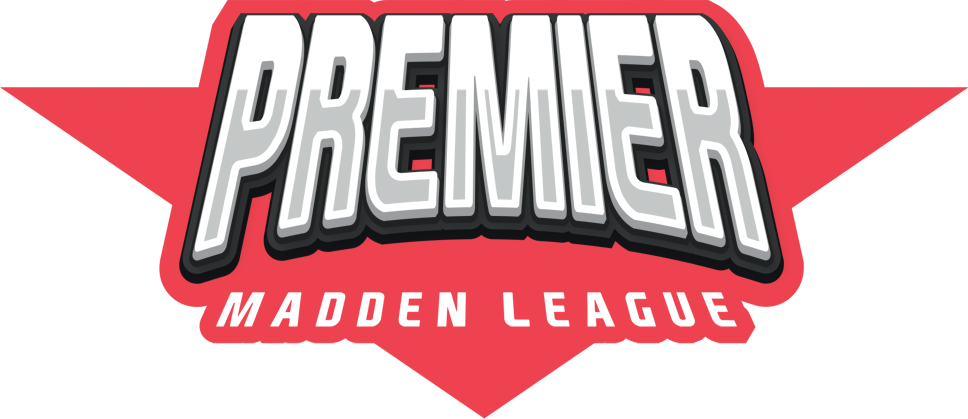PITTSBURGH – The curtain has officially closed on the 2025 season, and for the Pittsburgh Steelers, it ends in disappointment but not despair. A 9-8 finish was not enough to punch a postseason ticket, as the team fell just one game short of the playoffs. Yet beneath the sting of that missed opportunity lies a story of transformation, resilience, and the promise of what is still to come under head coach DK LaFleur.
A Season of Two Halves
The Steelers began the year under longtime head coach Mike Tomlin, starting 1-2 before a major organizational shift took place. Tomlin was transitioned into a front-office role, now acting as the general manager, while LaFleur was brought in ahead of the Week 4 matchup against the Minnesota Vikings. It was a bold midseason move that changed the entire trajectory of the franchise.
LaFleur was handed a team that already had two early losses in very winnable games but also one victory to build from. The transition came with immediate challenges. Unlike other new coaches who begin a cycle with access to all training camp upgrades and full coaching trees, LaFleur joined midstream and had to purchase every coaching ability himself. He entered without any preseason prep time or schematic foundation, tasked with reshaping a roster on the fly while still competing week to week.
Even with those hurdles, the results were clear. The Steelers finished 8-6 under LaFleur’s leadership, bringing energy and offensive efficiency back to the Steel City. Still, missing the playoffs after dropping their final three games was unacceptable by his own standards.
“There’s no excuse,” LaFleur said in his end-of-season presser. “We were in control of our destiny and didn’t finish. That’s on me. We’re going to learn from it, and I promise this will never happen again while I’m here.”
The Road Traveled
The Steelers’ 2025 campaign was a roller coaster from start to finish.
They opened with a dominant 34-16 win over the Jets, only to lose heartbreakers to the Seahawks (20-21) and Patriots (39-42). Then came Week 4, where LaFleur made his debut, and so did quarterback Desmond Ridder, signed off the streets as a free agent just days prior. The result? A 49-42 shootout victory over Minnesota that immediately electrified the fanbase.
The offense came alive, the energy shifted, and Pittsburgh started believing again.
Following a Week 5 bye, the Steelers alternated between brilliance and heartbreak. They narrowly fell to the Browns in Week 6, beat the Bengals in a CPU game in Week 7, and then rattled off impressive wins against the Packers (58-48), Colts (38-31), and Bengals again (55-38). They lost a one-point thriller to the Chargers (59-60) after failing to stop a two-point conversion and later suffered a blowout loss to Chicago before rebounding to beat Buffalo, Baltimore, and Miami in consecutive weeks.
Then came the late-season collapse: three straight losses to Detroit, Cleveland, and Baltimore, two of which by single-digit margins. Any one of those games could have sealed a playoff berth. Instead, Pittsburgh’s fate was sealed in overtime in Week 18.
A Statistical Snapshot
Despite missing the postseason, Pittsburgh’s offensive output ranked among the league’s most explosive. They averaged 37.4 points per game (14th), 345.3 passing yards per game (11th), and converted 52 percent of their third downs (tied for 6th). The run game lagged at 89.1 yards per contest (25th), which partly stemmed from a pass-heavy approach that evolved as Ridder found his rhythm, but there still lots of room for improvement in the run game.
Defensively, the Steelers were middle of the pack, allowing 36 points per game (16th) and 332.8 passing yards per game (19th). The run defense was inconsistent, ranking 25th at 121.3 yards allowed per contest. Still, they generated 39 total sacks (3rd in the league) and maintained a +12 turnover differential (8th), thanks in large part to an aggressive front seven and ball-hawking secondary.
Individual Standouts
The individual performances tell the story of a roster loaded with talent but still developing under LaFleur’s system.
Desmond Ridder, the team’s midseason acquisition, was nothing short of sensational. In 14 games, he threw for 4,774 yards, 47 touchdowns (a Steelers single-season record), and just 16 interceptions while completing 70 percent of his passes. His 118.9 passer rating ranked among the league’s best, and he was sacked only 18 times all year.
Nate Carter, an undrafted rookie signed going into the Week 7 game, quickly became one of the league’s breakout stars. In 12 games, he rushed for 1,048 yards on 171 carries (6.1 yards per carry) and scored 13 rushing touchdowns, setting a new Steelers rookie record. He also added 78 receptions for 784 yards and 4 touchdowns, finishing 5th in AFC Offensive Player of the Year voting despite missing five games.
At receiver, D.K. Metcalf led the way with 65 catches for 1,322 yards and a franchise-record 18 touchdowns, earning 4th place in AFC WR of the Year voting. Jonnu Smith had a resurgent season with 77 catches for 1,095 yards and 10 touchdowns, while Alec Pierce, acquired via trade from the Indianapolis Colts and Coach Greeny, added 938 yards and 9 touchdowns. Calvin Austin chipped in 806 yards and 7 touchdowns, and Darnell Washington provided another 561 yards with 6 touchdowns from the tight end spot.
On defense, T.J. Watt once again terrorized opponents with 16 sacks, 27 tackles for loss, and 2 forced fumbles, finishing 5th in AFC Defensive Player of the Year voting and voted the 2nd best AFC Defensive Linemen of the Year. Patrick Queen anchored the middle with 119 tackles, 18 TFLs, and 5 interceptions, while rookie Payton Wilson was a revelation with 98 tackles, 25 TFLs, and 3 interceptions, finishing 4th in AFC Linebacker of the Year voting.
The secondary saw strong contributions from Joey Porter Jr. (5 INTs, one pick-six), Darius Slay (3 INTs, two pick-sixes), and Lewis Cine (74 tackles, a forced fumble, and 1 INT). Up front, Cameron Heyward and rookie Derrick Harmon provided steady pressure with a combined 9 sacks and 31 tackles for loss.
Building Toward the Future
The Steelers enter the offseason with $71 million in cap space and several key decisions ahead. Free agents such as Alec Pierce, Calvin Austin, Nate Carter, Darius Rush, Lewis Cine, Darius Slay, and Logan Hall are all under consideration for extensions. Additionally, offensive tackle Broderick Jones has a fifth-year option that could be exercised as the team solidifies its long-term plans in the trenches.
LaFleur has already made his offseason intentions clear. “Although we expected to compete immediately and I’m heavily disappointed that we didn’t, this year was about building the foundation,” he said. “Next year is about dominating from start to finish. No excuses, no slow starts, no letting up.”
With a full offseason to install his scheme, upgrade the roster, and continue developing the young stars, DK LaFleur and the Steelers have their sights firmly set on one goal, and that’s turning heartbreak into hardware. It’s something that DK LaFleur has done before, but it’s something that is earned and not just given.
The journey has just begun.
– Forged In Steel Times



